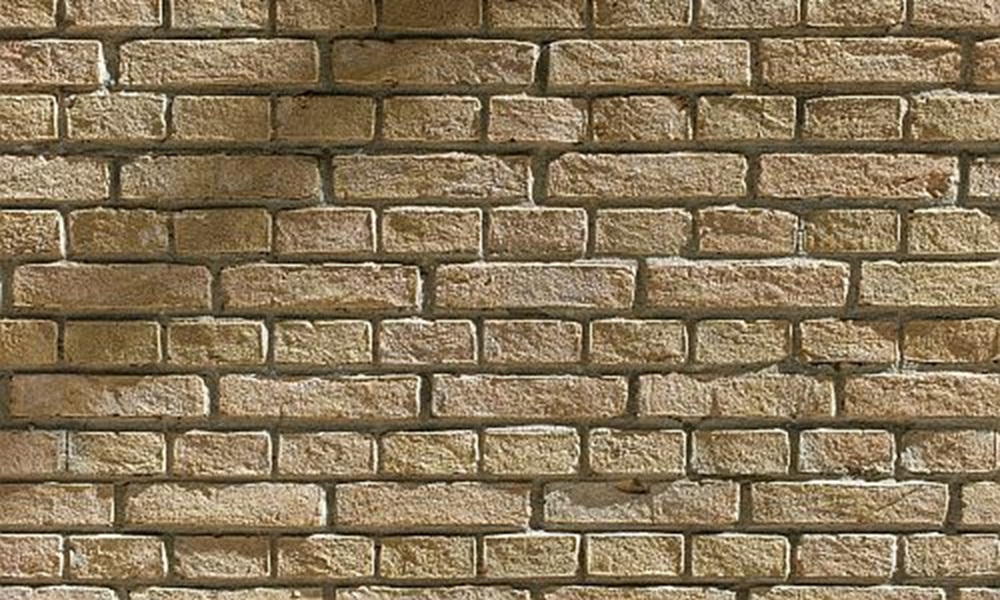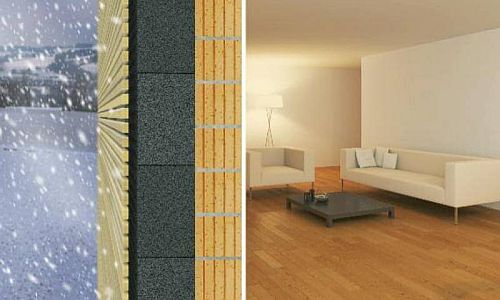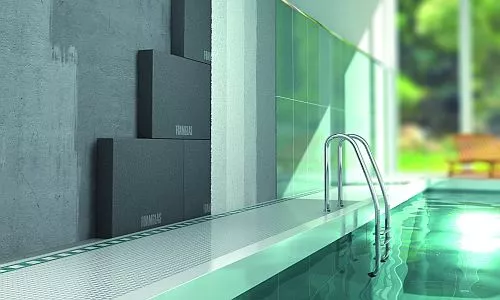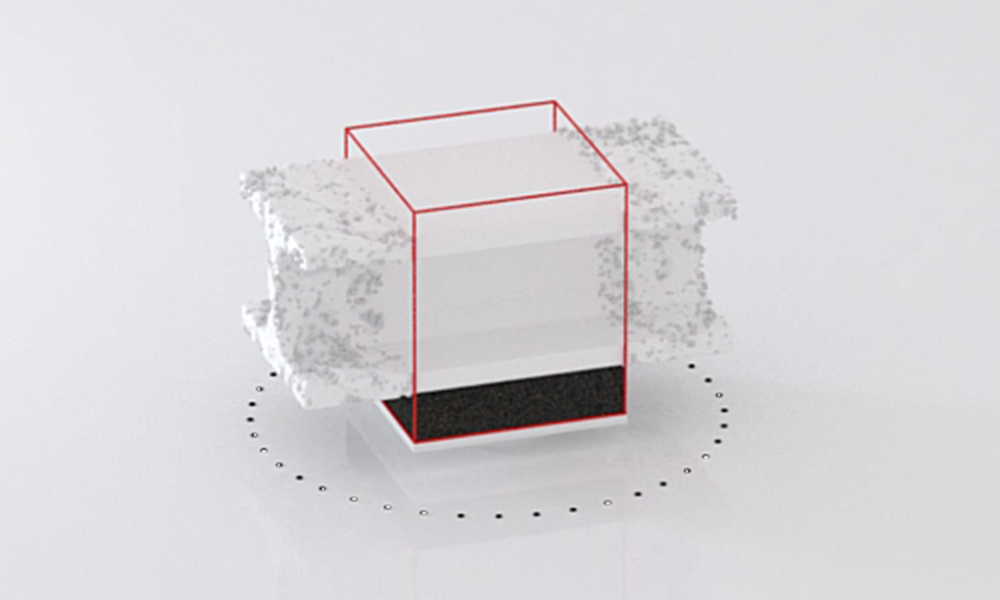"Does my wall have to breathe?“
"Breathing walls" and the history behind

The ineradicable legends surrounding building physics and indoor climate include walls that could and should even "breathe". Only then could mold dangers be banned and a "healthy" indoor climate can be ensured.
Legend vs reality
This idea originated from the breathing wall in the middle of the 19th century during an experiment by the renowned hygienist Max von Pettenkofer. He found that he could blow out a candle through a brick with the help of an attached and sealed funnel. From this he concluded that porous wall materials would permit air exchange between the interior and the exterior, thereby contributing to the purification of indoor air.
What Pettenkofer overlooked, however, was that when he blew out the candle, he produced a considerable overpressure on one side of the brick, which could actually force air through the structure of the brick. Under normal circumstances, however, there are not such pressure differences on the outer shell of a house. Even the wind load of strong storms cannot transport air through an intact outer wall - on the contrary: masonry and plastered walls are just as airtight as concrete or professionally finished prefabricated walls.
It also follows that an insulation - irrelevant whether installed outside or inside - cannot hinder the exchange of air: where no exchange takes place, it cannot be reduced, and even an air-tight layer attached in the course of the insulation measure can and will not change the air exchange rate of a room.
Ventilation of indoor spaces
On the one hand, exhausted air must be replaced by oxygen-rich air, on the other hand, the moisture in the room air must be dissipated. But this does not happen by mysterious physical processes in the wall, but by a deliberate and controlled air exchange - either by regular short-term opening of the windows or by a central or decentralized ventilation system.
On the one hand, the controlled ventilation does allow a high indoor air quality, but on the other hand, the insulation ensures warm walls on which moisture cannot condense and form a breeding ground for mold. The interaction of the two factors creates a pleasant, healthy indoor climate. An uninsulated wall would be cold and uncomfortable. In addition, it would lead to significant energy losses and permanent threat of mold.
The removal of moisture through walls is sometimes referred to as breathing. It actually takes place, depending on the material, but does not play a role in the moisture balance of a room. Diffusion, the gradual penetration of water vapor into wall building materials, can only make up to 2% of the moisture removal. 98% is evacuated by airing out of the room. And in practice not even the 2% play a role.
Much more important here is that gypsum, lime or clay plasters can bind moisture in crystalline form and, if necessary, release it again to indoor air that is too dry. So-called "humidity peaks" are reduced.
An extract from the German DIN 4108
from 1969
"Breathing of the walls in the sense of an air renewal of the interiors does not take place, however, for hygienic and structural reasons a certain capacity for absorption of water vapor is desired on the inside of the walls. Common interior plaster, plasterboard and the like meet this desire (buffering).
In order to prevent the penetration of the amount of water vapor absorbed by this layer into the deeper layers of the construction, it may be required to install a vapor barrier, especially in the case of multi-layered walls. Such as metal stud on dry lining systems. The air humidity absorbed during humidity pekas, will be released again to the indoor air during dry periods. This is facilitated by ventilating the rooms (opening the windows, installing ventilation ducts and the like)." DIN4108-1969
Conclusion
The functional model of the "breathing walls" is a thing of the past. Energetically optimized buildings require an airtight building envelope. In terms of airtightness, FOAMGLAS® insulation proves to be the perfect insulating material - the installation of an additional air barrier is not required.






